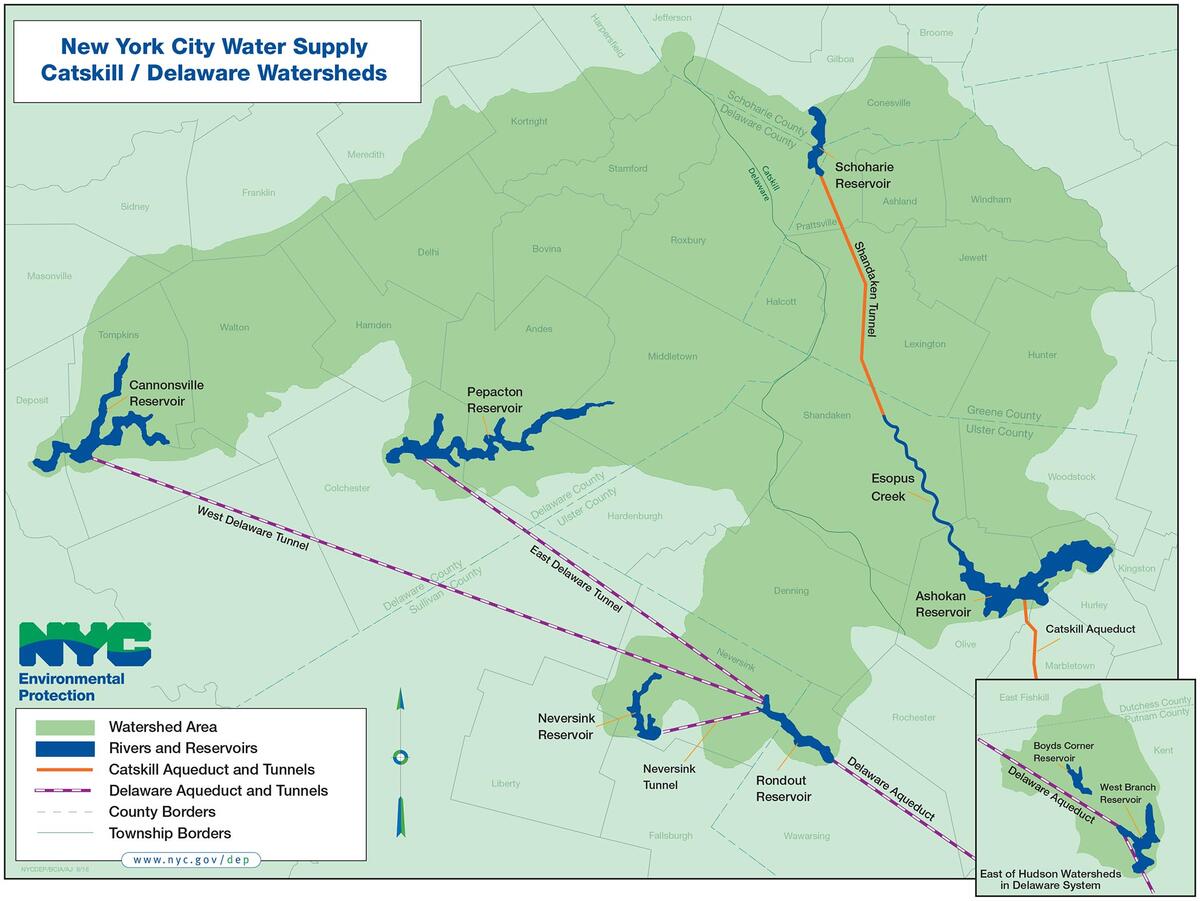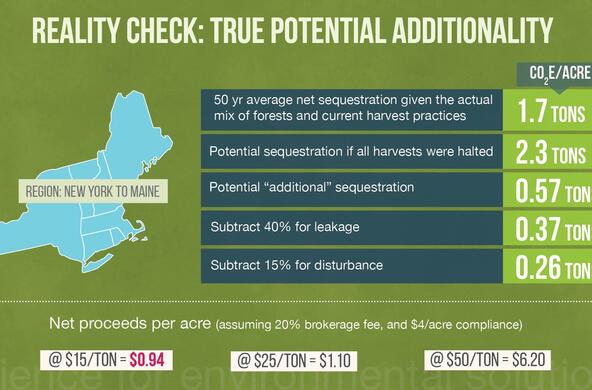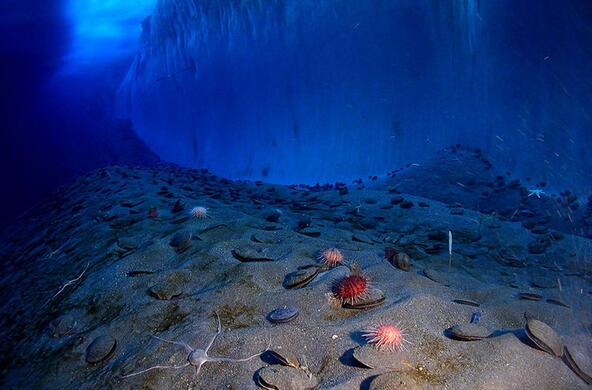This summer, I’ve been lucky enough to work in the Catskills as part of the Catskill Science Collaborative. The work is part of my graduate research at Rensselaer Polytechnic Institute, advised by Dr. Kevin Rose. I’ve been sampling the tributary streams that lead to the Neversink Reservoir, which is part of New York City’s drinking water supply. The Neversink watershed was selected for study because it is predominantly forested, a known carbon source.
Dissolved organic carbon (DOC) is a type of carbon commonly found in water bodies. It comes from things like leaves, and in high quantities, gives water a brown tea-like color. DOC can enter water bodies through leaf fall or be washed in during large storm events. It can also be created within water bodies by microbes.
Rising DOC levels in watersheds aren’t unusual, especially in the Northeast. Although we haven’t seen this trend in the Neversink, we want to be proactive by better understanding carbon sources within its watershed. The general trend of rising DOC is primarily due to two factors. Thanks to the Clean Air Act of 1970, which limited acid rain, many watersheds are getting less acidic. As a result, carbon is more easily dissolved in water bodies. Additionally, climate warming is causing longer growing seasons, which allows more leaves to enter waterbodies. Leaves are a natural source of organic carbon when they dissolve. The increase in DOC caused by these changes can create browning in a watershed, where the water gradually becomes more tea-like in color over time.

Browning can affect lake temperature, oxygen levels, and the overall health of the ecosystem. Not all browning is bad; in many places it is a sign a lake is returning to its original state and recovering from acidification. But when recovery browning is coupled with browning due to climate change, it can tip the scales, making it a detrimental phenomenon. This is why we are being proactive by monitoring the Neversink watershed for areas of higher carbon input.
The Neversink Reservoir is one of six NYC water supply reservoirs on the west side of the Hudson River. This portion of the NYC water supply is unfiltered but goes through disinfection processes (both chlorination and ultraviolet disinfection). Chlorine can react with carbon and create compounds called disinfection byproducts that can be carcinogenic. Identifying potential sources of carbon in the watershed can guide management practices that reduce disinfection byproducts. Currently, the Neversink Reservoir is low in carbon. By understanding where carbon is coming from within the watershed, we might be able to mitigate it before it becomes a potential problem. This is why I’m sampling throughout the reservoir’s tributaries. I initially focused on eleven sites, but as we gathered data throughout the summer we narrowed in on sites that were more likely to be carbon sources.

To me, this project is interesting and important because it improves our understanding of carbon in a changing environment, and that could benefit the people who rely on the water supply. I began studying aquatic ecology because humans are inherently connected to water.
This means that the research I complete and the data I collect can directly affect people. Protecting all parts of nature, but water especially, improves life for all things. Conservation and research aren’t just for the benefit of nature, and this is a great example of a project where everyone benefits from learning more about the environment.

Cassie Roberts, a graduate student at Rensselaer Polytechnic Institute, is a 2022 Catskill Science Collaborative Research Fellow. This summer, Cassie worked with Karen Moore and Rajith Mukundan at the NYC DEP to study water quality in the Neversink Reservoir.





